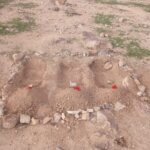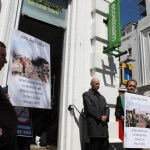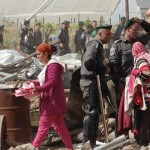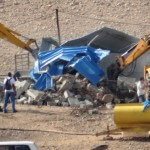Jordan Valley…the ongoing Palestinian Nakba
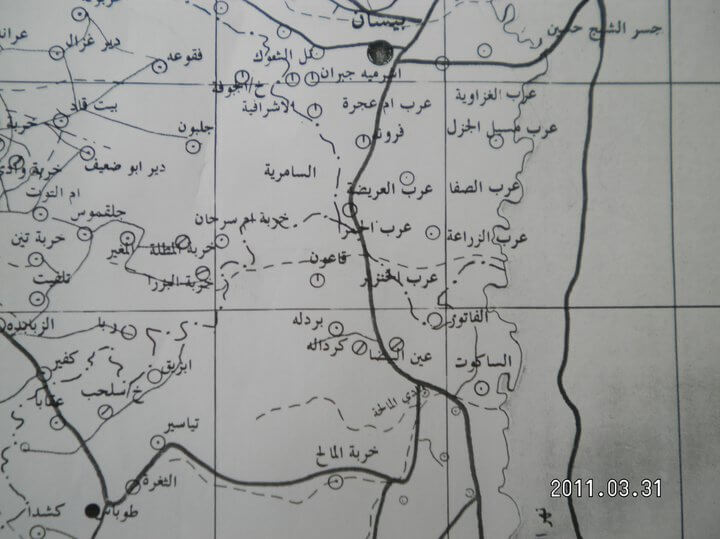 Nakba after Nakba .. but silently , Nakba after Nakba ..but no one knows , Nakba after Nakba … but no one recognizes.
Nakba after Nakba .. but silently , Nakba after Nakba ..but no one knows , Nakba after Nakba … but no one recognizes.
The Palestinian Jordan Valley has been living in a state of Nakba (catastrophe) since the Nakba in 1948 but no one recognizes their continuing Nakba.
The refugee villages, the villages of the refugee “the camps become villages ….the villegs becomes camps’’… This is not a puzzle, this is the current situation on the ground in the Valley.
You can imagine that most of the villages in the Jordan Valley are camps, established for the Palestinians refugees after Al Nakba , and recorded in the maps of the United Nations, but the inhabitants did not and do not benefit from the services of UNRWA such as schools and clinics.
The Palestinian village Al Zubeidat in the middle of Jordan Valley was named after the clan which fled Be’er Al Sabe’e (now Be’er Sheva). This clan settled in the Jordan Valley after the 1948 Nakba, according to the arrangements of the Jordanian government and the UN. Like other camps they were given tents and the right to live in the new region.
Other villages in close proximity to Al Zubeidat, such as Marj Na’jeh, and Marj Al Gazal, all have the same situation and are made up of migrants and refugees. All of these villages live under the shadow of Argaman colony.
The Argaman colony was established 6 months after the 1967 occupation (the second Nakba), and was founded on confiscated Palestinian land. The land and its structures, including water wells, were confiscated under the pretense that the land was “state land.” The indigenous population was left with the choice of either leaving their land or living under the shadow of the colony.
The Nakbah is continuing. In Abel al Ajaaj, Fasayel and all around the Jordan Valley, Palestinians, many of whom have been displaced for the second time, are being driven from their land.
We don’t know what to think about the UN while this transfer continues.
Two refugee camps in the Jordan Valley, the Abel al Ajaaj camp and Al Noa’meh camp, do not appear on the United Nation maps of refugee camps. Both were recorded on the UN maps of refugee camps before 1967. It is not just on the maps that they have been erased but also on the ground. So how did they vanish? How did those camps with more than 10,000 refugees vanish?
Before 1967, more than 10,000 refugees were living in Abel al Ajaaj camp. This camp was destroyed to establish the Massu’a colony. The cemetery is still a witness to this crime. The mosque of the camp was also confiscated and no prayers have been made in it since 1967, as it is now situated inside an Israeli military base.
The Nakba also continues in Jiftlik, one of the biggest Palestinian villages in the Jordan Valley. The United Nations school in Jiftlik is not allowed to expand due to Israeli restrictions on building in area C, and no organization or institution is allowed to expand or develop the village health clinic. The residential area of Jiftlik has been made a “designated shooting area” for the Israeli military, which prevents access to much of the land. The land that was confiscated by colonists in the heart of the village is some of the only land which is not designated a military firing area.
The Nakba is still going on throughout historical Palestine. The day to remember the Nakba of 1948 is a reminder of the continuing Nakba which we have been living with for 63 years. This is one of the longest occupations in the world, displacing thousands of people, with 1 in 3 displaced people in the world Palestinian.
When will it end?

